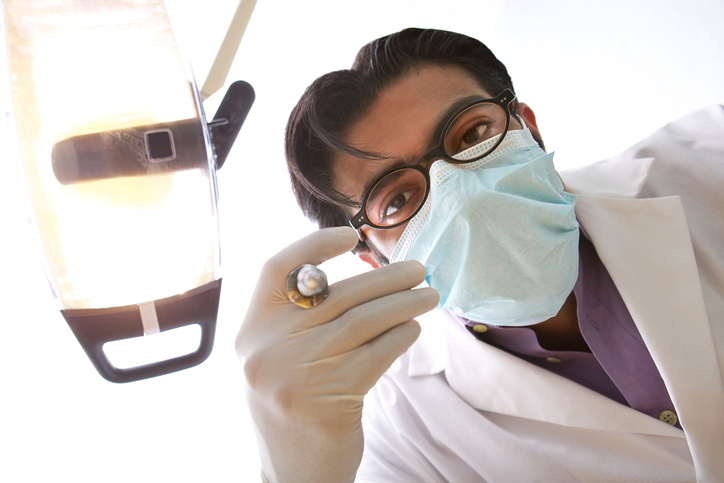Hybrid nanofilms as topical anaesthetics for pain‑free dental procedures
14 mar 2022
 Invasive dental procedures can be uncomfortable or painful, routinely requiring the use of anaesthetic formulations. Unfortunately, in many cases, the anaesthesia options available are not sufficient, particularly for children or patients with needle phobias. This can lead to many people waiting longer periods before seeking treatment, leading to increased damage or loss of teeth. The most frequently available topical anaesthetic cream for use at the oral mucosa is a eutectic mixture of lidocaine and prilocaine (EMLA). However, this was originally developed for use in dermatology and cosmetology, and it can offer insufficient pain relief when used on mucosal surfaces.
Invasive dental procedures can be uncomfortable or painful, routinely requiring the use of anaesthetic formulations. Unfortunately, in many cases, the anaesthesia options available are not sufficient, particularly for children or patients with needle phobias. This can lead to many people waiting longer periods before seeking treatment, leading to increased damage or loss of teeth. The most frequently available topical anaesthetic cream for use at the oral mucosa is a eutectic mixture of lidocaine and prilocaine (EMLA). However, this was originally developed for use in dermatology and cosmetology, and it can offer insufficient pain relief when used on mucosal surfaces.
It is well known that films and patches show great promise for use in the oral cavity than creams and hydrogels, however no effective formulations have yet been developed. A pre-clinical research team in Brazil is aiming to address this gap in the market with hybrid nanofilms, composed of biopolymer matrices blended with nanostructured lipid carriers (NLC) for delivery of local anaesthetics.1 This approach combines the main advantages of organic and inorganic nanoparticles with biopolymer matrices in a single pharmaceutical form, with the goal of achieving an effective in vitro and in vivo release profile without compromising safety.
Sample preparation, processing, and analysis
Adhesion of the nanofilms to the mucosal surface is critical to the success of this approach. The team prepared dual system nanofilms using three different biopolymer matrices – chitosan, pectin, and chitosan-pectin – blended with NLC and loaded with EMLA. Chitosan and pectin were chosen because they are already widely used as matrices for drug delivery systems, thanks to their biocompatibility and biodegradability.
Chitosan derived from crab shells was dispersed in acetic acid, while pectin from citrus fruits was dissolved in deionized water (18 MΩ, ELGA LabWater). NLC was generated by emulsification-ultrasonication, then blended with the biopolymers. The hybrid nanofilms were prepared using the solvent method, and chemical and mechanical techniques were employed to study the mucoadhesion properties of the nanofilms and evaluate the differences between the biopolymer formulations.
The results
The most flexible, resistant and mucoadhesive hybrid nanofilms were based on a pectin-NLC biopolymer. The in vitro release profile of lidocaine and prilocaine was more prolonged (more than eight hours), and a higher drug permeation was achieved across porcine oral mucosa – approximately three times higher than the controls.
Future applications
The use of these pre-anaesthetic hybrid nanofilms could lead to painless dentistry procedures in the near future. This is likely to have a positive influence on patient compliance and attitudes, improving dental health and helping to prevent early teeth loss. The applications of the hybrid film can also go beyond dentistry, into areas such as dermatology, cosmetology, postoperative pain relief and many more.
Why choose ELGA LabWater?
The presence of impurities in laboratory water can be a major problem in research experiments and can seriously compromise results. ELGA LabWater has been a trusted name in pure and ultrapure water since 1937. We believe in providing you with water purification solutions that can meet a wide range of needs and applications, backed by excellent service and support. For more information on our Type II ultrapure water systems, check out our PURELAB Quest, PURELAB Chorus 1 Complete and our PURELAB flex models.
References
- Ribeiro, L.N.M., Franz-Montan, M., Alcântara, A.C.S. et al. 2020. Hybrid nanofilms as topical anesthetics for pain-free procedures in dentistry. Sci Rep 10, 11341. https://doi.org/10.1038/s41598-020-68247-0
